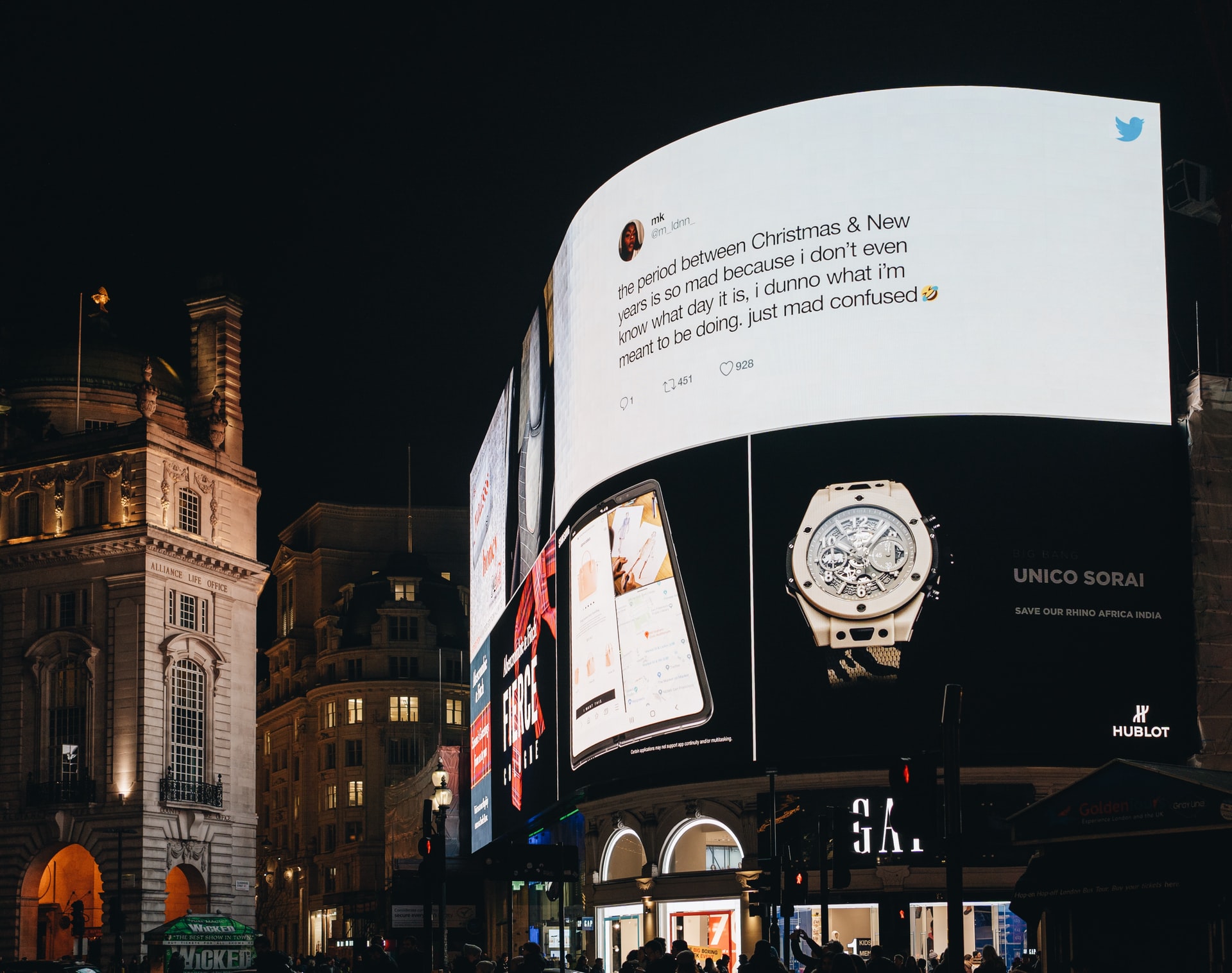The Evolution of Marketing in the Light of Industrialization
Published May 19

The concept of marketing that we know first emerged in the 18th century with the rise of the Industrial Revolution. Society underwent rapid and important advancements during that period. Naturally, as commercial products started to become more widespread, so did the need to market them. As a result, merchants started finding different methods to display their products and entice customers into buying them. Although marketing today shares the same substrate as that from two centuries ago, they are still significantly different.
Before the Industrial Revolution
Prior to the Industrial Revolution that began in the 18th century, the purchase of goods by everyday people was a rare sight. Most would rely on making their own products rather than buying them as it was cheaper and more convenient. As industrialization became mainstream and commercial products were made available everywhere for relatively low prices, people’s lives changed dramatically. Not only did they gain easier access to a wider variety of products, but also to a healthier and happier lifestyle.
On the other hand, as more and more firms mass-produced the same goods, competition started getting fierce. Every company wanted to get people to choose their products over the competitors’. Effective marketing slowly became an essential part of every successful business plan. It also pushed companies to boost their production rate to match the increasing purchasing power of customers.
Marketing Before the Internet
Traditional marketing refers to that in the era before the rise of the internet, meaning the 19th and 20th centuries. In that era, it was far more challenging for product sellers and service providers to reach their customers as they only had limited choices for advertising. Some popular strategies included hiring salespeople to stand on the side of busy streets and showcase products to bystanders, hoping to attract more buyers. They would also create attractively designed billboard posters with catchy slogans to make their products seem more appealing.
Although old-fashioned advertising required a lot of resources and effort, it wasn’t all that effective. With the absence of advanced graphic design and digital media, it was almost impossible for firms to portray their products in an eye-catching manner. The limited means of advertising back then also made it harder to target a specific audience.
It was only until the 1st of July 1941 that the first TV ad had aired. It was for Bulova watches and lasted a brief 10 seconds. This revolutionary step paved the way for modern marketing that we know today. TV advertising brought marketers right into everybody’s home and enabled them to deliver significantly more effective ads. By strategically managing the time of day in which a certain promotion aired, it became possible to target a more specific audience category. For example, ads that would be appealing to youngsters aired during cartoon shows, and those appealing to adults aired during the news. This form of advertising then became so popular that TV spending increased tenfold in the span of two years from 1949 to 1951.
Modern-Day Marketing
Today, online advertising dominates the marketing industry. The incredibly dense widespread use of personal computing devices like phones and laptops presents glorious opportunities for advertisers. Internet marketing has proven itself to be the most effective to date thanks to the advanced algorithms that control it and the countless platforms on which it can be deployed.
After the internet was made public in 1991, it only took a few years for it to become a massive global phenomenon. Companies were swift to create their own websites as an effective way to gain popularity among customers.
One major form of online advertising is targeted advertising. Embedded software uses certain trackers to collect data about users’ online activities. This data is then pushed through a series of advanced algorithms that predict the most suitable ad to be displayed next for every individual, tailored specifically to their interests. This strategy delivers more relevant and useful ads for users while reducing costs for advertisers.
Another popular form of advertising on the internet is affiliate marketing. This usually constitutes deals made between advertisers and famous internet personalities – also known as influencers – to promote a certain product or service. For example, an apparel brand would ask an influencer to attractively portray their products in front of fans on social media. This influencer would then earn a commission for every sale made through their online platform.
Conclusion
Industrialization has changed life as we know it. However, it would not have been possible without the elaborate advertising that took place alongside it. Product and service marketing has indeed come a long way since its debut, becoming increasingly effective with every passing decade. Despite the incredible success exhibited by online marketing, could we see an even more effective technique in the near future? Who can say.